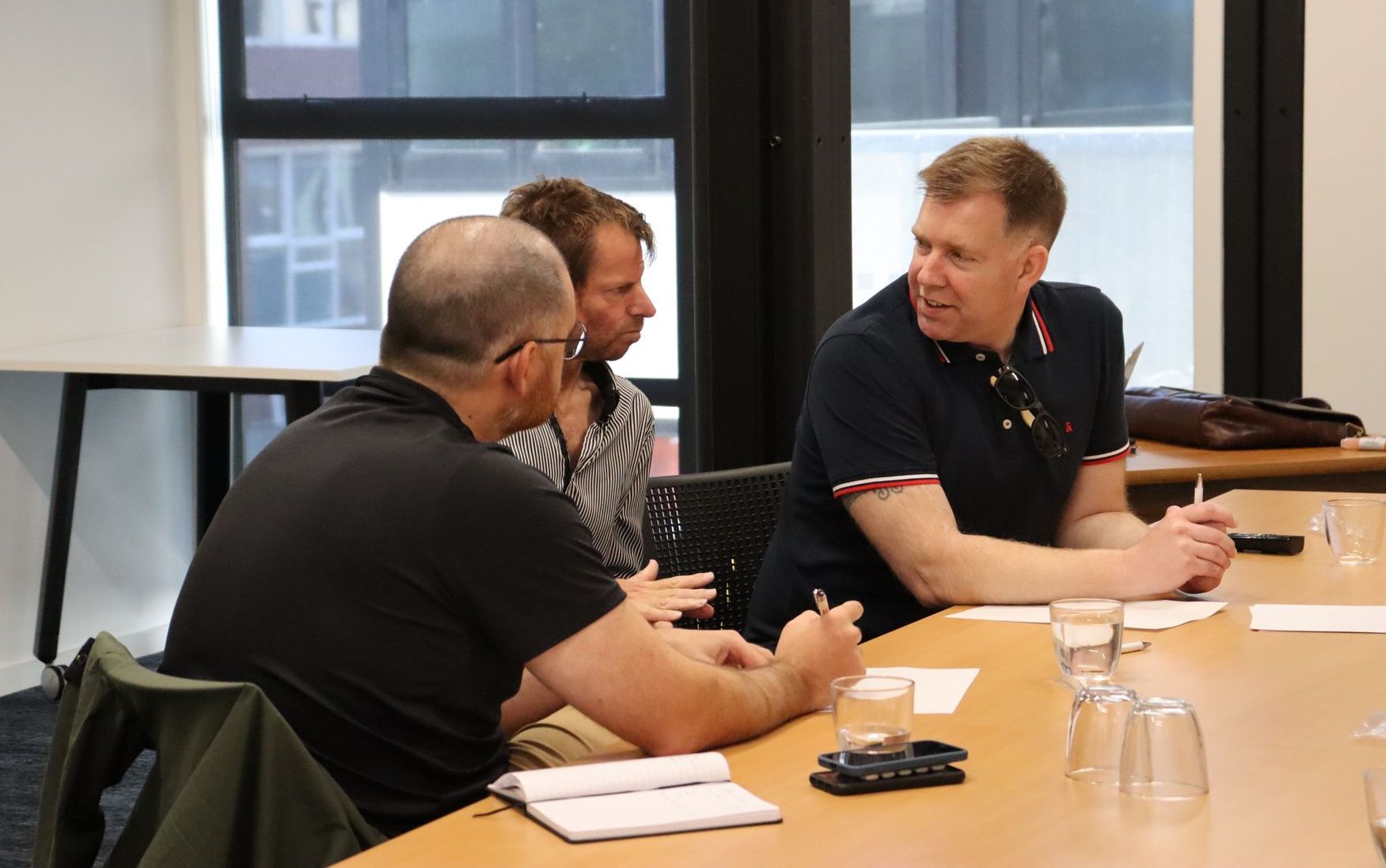The Insider’s Guide To: Preparing a C.V and Cover Letter for Success

Even if you are just starting out, you can create a powerful CV. For help in preparing your CV, there is a range of templates on Microsoft you can use as a guide. Whatever style you choose, and they range from simple to technical, be clear, precise and professional. Make it easy for your prospective employer to know your work history, qualifications and skills.
Break your CV into four sections:
1)
Personal: Include name, address, phone numbers and email address.
2)
Education: qualifications and courses. Give clear details about your highest level of education, including training courses and the names of the providers. Include copies of certificates of training completed successfully.
3)
Work history: The most important part of the CV. Start with your most recent position and work backwards, giving dates, company names, job titles and responsibilities. List specific skills or significant successes but never embellish your role.
4)
Include references or names of referees. These must be previous managers or supervisors, not friends or workmates.
A strong cover letter can provide a winning edge:
Email and texting may have impacted on the place of a cover letter but it remains very important. Follow these simple steps:
1)
Get the details right, especially the spelling of the potential employer’s name.
2)
Be keen without being gushy. Mention key strengths and link the reader to your CV.
3)
Ask for a response.
4)
If you are not comfortable with writing letters, ask someone you trust to check the spelling and grammar and the overall effect.
Remember success is not simply the result of being in the right place at the right time. It is the result of pursuing your goals with enthusiasm and optimism – and always knowing that you have the power to make it happen.












